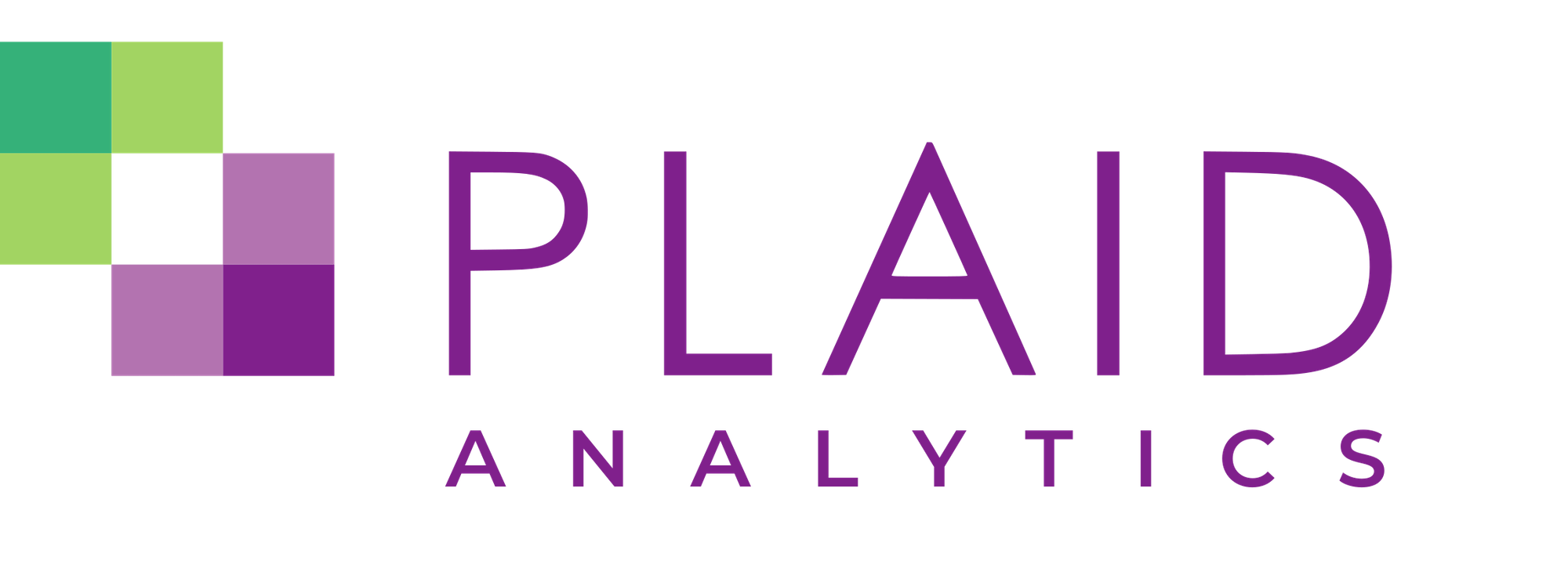6 Indicators of Healthy Course Compaction

Happy New Year! The new year, and in higher education, the winter term is often a time for reflection, evaluation of progress, and refocusing on strategic goals. In the continuation of the series on course compaction for strategic enrolment management, this post discusses what student and course metrics might indicate healthy course compaction.
Course compaction is the practice of adjusting, expanding, or condensing course curriculum. Strategic enrolment managers, course planners, and curriculum designers evaluate course offerings, student enrolment, and student success to determine appropriate ways where curriculum adjustments and course redesigns might increase student success and reduce redundancy in learning and teaching activities across their institution.
If you're just joining the series, start here:
- What Impact Does Course Compaction Have on Student Success
- 4 Ways Course Compaction Benefits Instructors
- Course Compaction: 9 Indicators of Negative Compaction
Course Indicators
1. High fill rates in program courses
Programs have consistent progression and graduation rates year over year, and fluctuations in total credentialing or completing students correlates to admission rates in prior years.
2. Cross-faculty Course Use (cross-listed)
Curriculum plans from different faculties or programs share courses, with consistent student program distribution. The student distribution in these courses should correlate to program capacity, admission intake sizes, and retention rates.
3. Course Section Class Size & Space Use
Course section class sizes effectively match classroom sizes, or an appropriate size for effective online or hybrid learning.
Registration indicators
1. Sophisticated Priority Registration Groups
Priority registration groupings are targeted, specific, and adequately sequenced to allow for required and pre-requisite classes to be filled by the appropriate level of students in a program. This may require a priority registration policy to be based on more than simply credits completed, but look closer at what level and type of credits (program or elective) have been completed to ensure that students close to finishing their program can continue progressing, while those first and second year students can get into the pre-requisites they need.
2. Ability to Analyze Seat Occupancy in Courses at level of Student Program and Major
Seat occupancy in courses can be disaggregated from program to major. In large universities with strong arts and humanities programs, understanding course seat utilization for a course by major can further indicate course demand in program electives or breadth requirement courses. When institutions integrate seat occupancy as a course-demand indicator into existing student personas, they can better plan and project for future course enrolment.
3. Current Student Survey Responses indicate Satisfaction with Registration, Course Choice, and Program Progression.
While data from the student and registration information system can support strategic course planning, there are gaps where data systems cannot capture all student decision-making behaviours. The student survey will always be a requirement for institutions to understand how well their offerings are supporting or hindering student progress.
In the next post we’ll discuss developing a Compaction Index metric from the many factors mentioned in this series to inform and enlighten course curriculum and enrolment management decisions.
Is your institution considering a curriculum redesign, compaction review, and struggling to understand what long-term impacts of changes might be? Plaid Forecast makes course enrolment projection easy.
Create, compare and share nuanced scenarios and projected results in just minutes.
